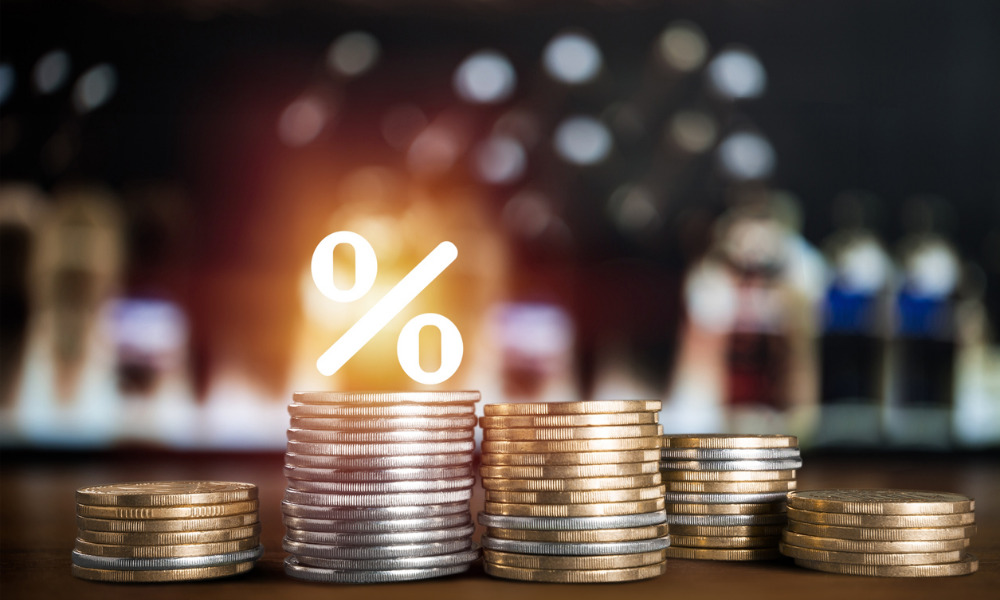Borrowers rush to find remaining loans in a changing market

The Reserve Bank of Australia’s recent 0.5% cash rate hike is set to unleash a torrent of mortgage refinancing as borrowers scramble for the remaining bargain home loans in a fast-changing market.
Refinancing has skyrocketed in recent weeks as borrowers face the reality that rates are now firmly on an upward trend, according to a report by The Australian.
With the RBA hiking rates to 1.35%, banks are expected to waste no time raising their headline mortgage rates. However, borrowers are only now beginning to get a handle on the sudden changes, as the central bank repeatedly said during the COVID-19 pandemic that it didn’t intend to raise rates until at least 2024.
According to the most recent data, for the month of May, refinancing activity among borrowers spiked by 17%, The Australian reported. That figure only includes borrowers who switched banks to get a better loan; the figures on product switching within banks is yet to be reported.
Meanwhile, the numbers for new home loan lending shrank by nearly 10%.
The refinancing boom is expected to last for a while, as it is expected to run in tandem with further rate increases and drops in housing values, The Australian reported. It’s also expected to cut into profits as bank margins shrink when more borrowers move to lower rates. Bank stocks have seen significant sell-offs in recent months over fears of falling profits due to the mortgage market.
Most refinancing activity has taken place among variable-rate home loans, with the fixed-rate share of loan volume dropping from a peak of 40% to more traditional levels of around 20%. There has also been some movement by property investors to refinance, although the investor sector usually lags owner-occupiers, since property investors can hike rents to offset higher mortgage costs, The Australian reported.
Read next: Should property investors refinance?
“We have seen the major banks push up fixed rates very quickly indeed, so there has not been much evidence of a move to re-fix rather than refinance,” Matthew Gatt, general manager at personal finance marketplace Compare Club, told The Australian. “Still, fixed-rate mortgages – even at a higher rate – can make sense for some borrowers. One thing we know for sure is that every time rates move up, the pressure is on to refinance. Many borrowers believed things would not change when the RBA used to say they would not change rates – and those people have been caught by surprise.”
Gatt said that Compare Club was also seeing refinancing from people who bought at the top of the market when rates were lower.
“Some of those people have reached their maximum already; they have to seek out new deals,” he said.
Gatt told The Australian that the most active refinancing market in the country was New South Wales, which saw a 141% spike in refinancing inquiries over the last six months.



